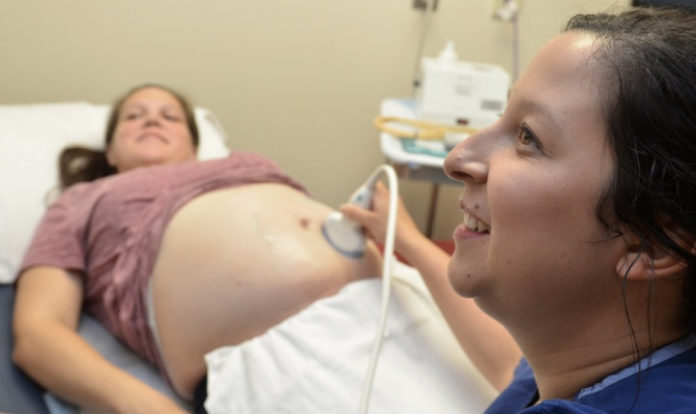Unplanned pregnancies, abortions went up in countries affected by the Global Gag Rule
Abortion rates went up in the countries affected by the Global Gag Rule or the Mexico City Policy.
In addition, the use of modern contraception declined and pregnancies increased. This pattern of more frequent abortions and lower contraceptive use was reversed after the policy was rescinded, suggesting a causal effect, according to an observational study published in The Lancet Global Health.
This is the most comprehensive study to measure the impact of the Mexico City policy between 1995 and 2014.
The difference-in-difference in abortion rates between high-exposure and low-exposure countries was on average of 4.8 per 10,000 —a statistically significant 40% increase relative to when the policy was not in effect
The Mexico City Policy, also known as the Global Gag Rule, is a US government policy that prevents federal funding from being used overseas to support any organisation that performs or provides counselling on abortion. As the world’s biggest donor of development assistance, the US government has instated and rescinded the policy along partisan lines within the first week of a new administration since its creation by the Republican Reagan administration in 1984.
It was rescinded by Democratic President Bill Clinton on Jan 22, 1993, reinstated by Republican President George W Bush on Jan 22, 2001, rescinded again by Democratic President Barack Obama on Jan 23, 2009, and reinstated again and extended by Republican President Donald J Trump on Jan 23, 2017.
This study looked at induced abortion, contraception use and pregnancy rates. It used data from 26 sub-Saharan African countries and over two policy transitions – from Clinton to Bush, then from Bush to Obama (1995-2014) – and compares rates in countries that had high or low exposure to the Mexico City Policy. It used the Demographic and Health Surveys (nationally representative household surveys) to estimate abortion and pregnancy rates for 743,691 women, and used the UN Population Division’s World Contraceptive Use dataset to estimate use of modern contraceptive methods.
The authors used a “difference-in-difference” approach to determine if any changes seen in rates of abortion, contraceptive use, and pregnancy over time were due to the policy: this would be the case if the difference between the rates in high-exposure countries versus low-exposure countries was significantly greater when the policy was active than when it was not active.
The difference-in-difference in abortion rates between high-exposure and low-exposure countries was on average of 4.8 per 10,000 —a statistically significant 40% increase relative to when the policy was not in effect. The corresponding difference-in-difference was 3.2 percentage points lower for contraceptives and 3.2 percentage points higher for pregnancies—a relative decrease of 13.5% and a relative increase of 12.0%, respectively.
The authors note that while the policy’s restriction on funding to abortion-giving organisations implies its intention is to reduce abortions by reducing their availability, many of the organisations affected by the restrictions in funding are also distributors of modern contraception. Therefore, they suggest that the increase in abortions when the policy is in effect could be due to a reduction in the availability of modern contraception and a subsequent increase in pregnancies.
Dr Eran Bendavid from Stanford University, USA, author on the study, comments on the possible impacts of the policy outside of the scope of this study , “The full consequences of the policy include additional potential harms to maternal health that we do not capture. Because abortions are an important cause of maternal mortality, the increase in abortion uptake that we find might also increase maternal deaths—and possibly disproportionately given that abortions under the policy could be less safe if they were less likely to be performed or guided by experienced organisations and providers. Our estimates of excess abortion under the policy therefore provide only a partial estimate of the policy’s harm to maternal health.”


